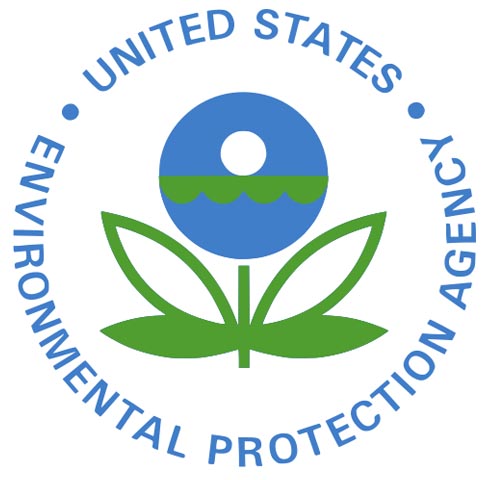U.S. – On July 27 the U.S. Environmental Protection Agency (EPA) issued the final national rule in order to reduce exposure to formaldehyde vapors from certain wood products produced domestically or imported into the United States.

The agency worked with the California Air Resources Board to help ensure the final national rule is consistent with California requirements for composite wood products.
“We are carrying out important measures laid out by Congress to protect the public from harmful exposure of this widely used chemical found in homes and workplaces”, said Jim Jones, EPA’s assistant administrator for the Office of Chemical Safety and Pollution Prevention. “We have worked with the state of California as a partner to help ensure consistency in our requirements. The new rule will level the playing field for domestic manufacturers who have a high rate of compliance with the California standard and will ensure that imported products not subject to California’s requirements will meet the new standard and thus, not contain dangerous formaldehyde vapors.”
The Formaldehyde Emission Standards for Composite Wood Products Act of 2010 established emission standards for formaldehyde from composite wood products and directed EPA to finalize a rule on implementing and enforcing a number of provisions covering composite wood products.
One year after the rule is published, composite wood products that are sold, supplied, offered for sale, manufactured, or imported in the United States will need to be labeled as TSCA Title VI compliant. These products include: hardwood plywood, medium-density fiberboard, particleboard as well as household and other finished goods containing these products. This would include cases such as that of laminated floors imported from China that have come into much scrutiny of late.


0 Comments